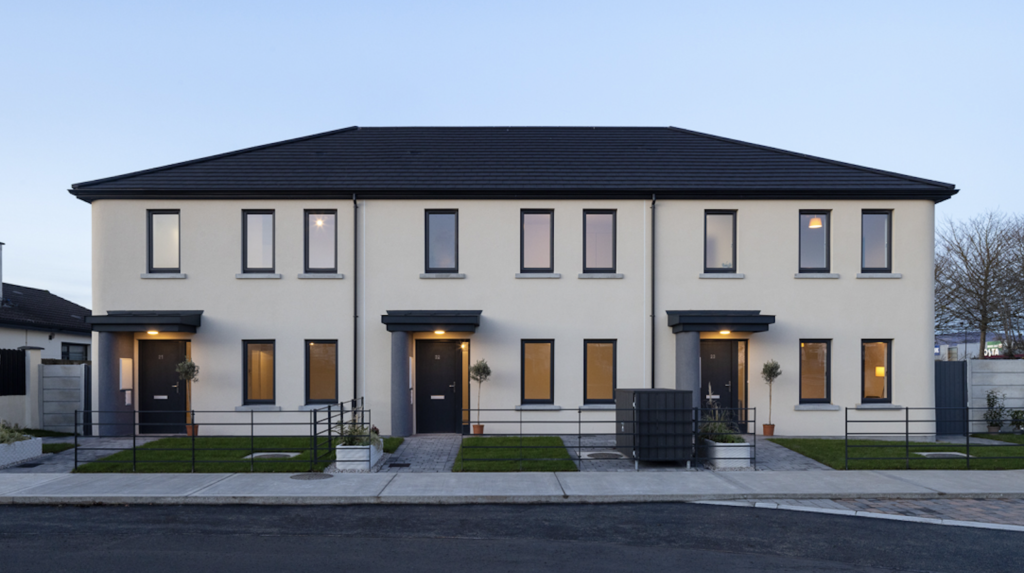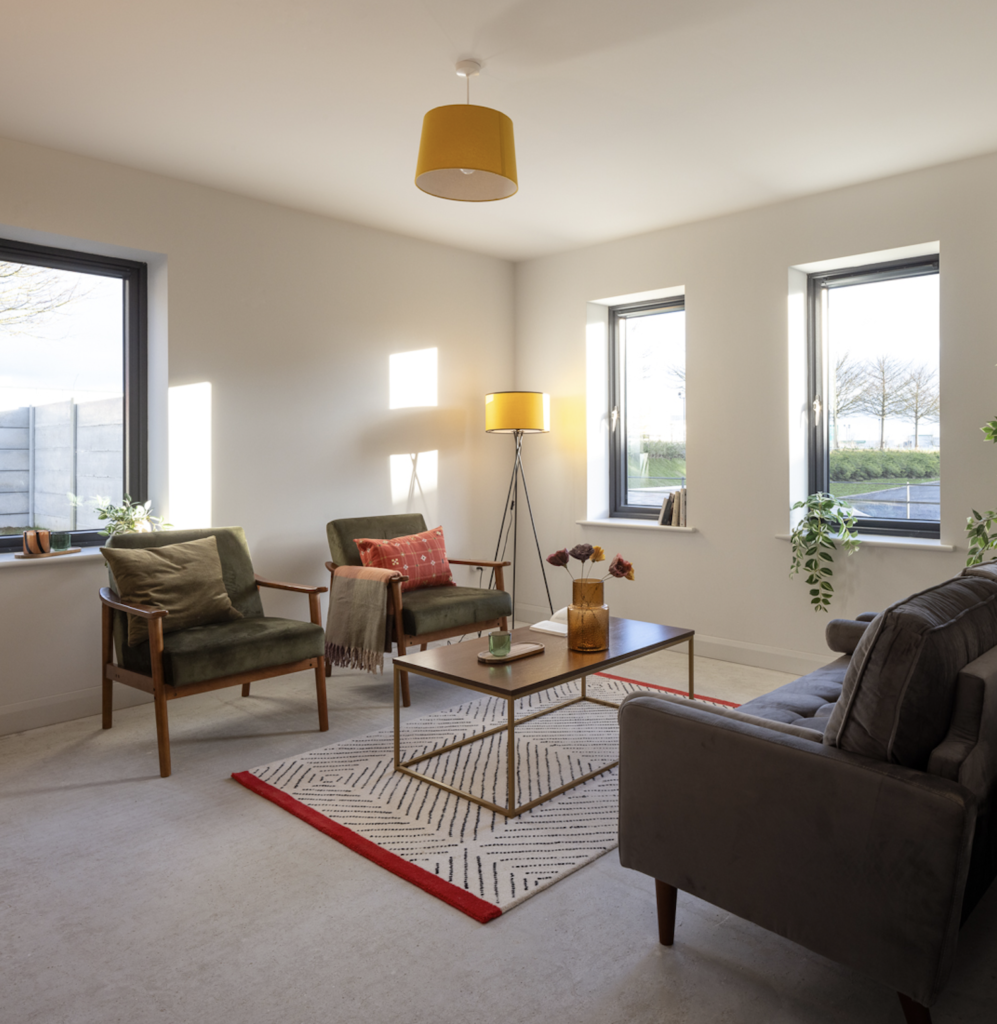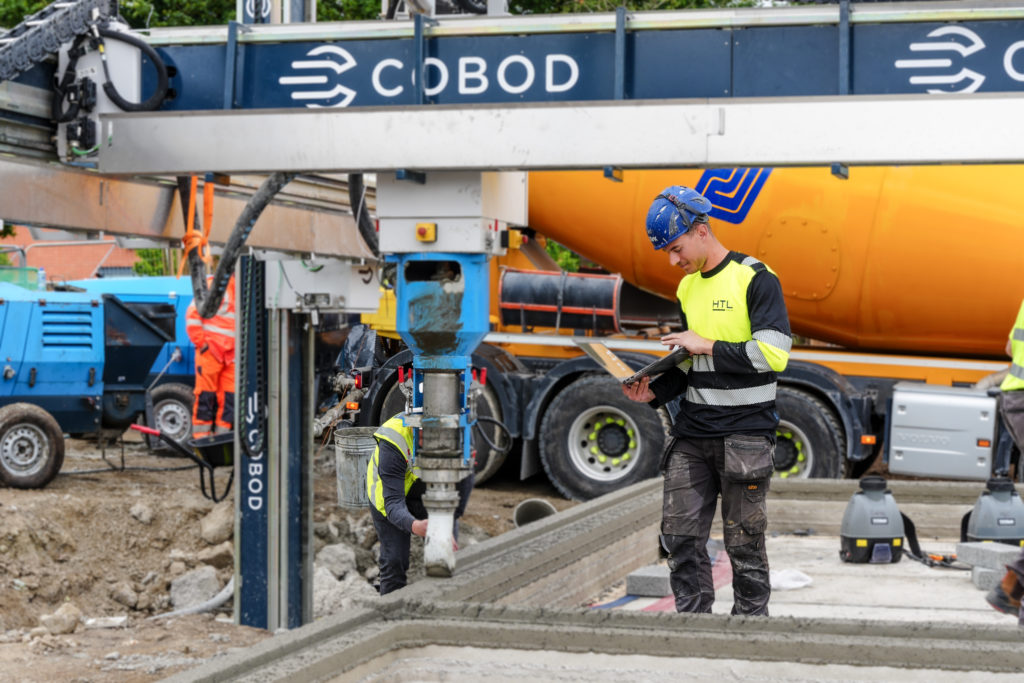THREE families have moved into new homes in Co. Louth which have been built using 3D printing technology.
The new homeowners received their keys at a ceremony held at the groundbreaking site this month, which marks the first residential housing development constructed using 3D construction printing technology in Ireland.
The families, who were all previously on the local authority housing list, have now become the first people in Ireland and the UK to live in 3D printed homes.
 The homes in Dundalk, Co. Louth
The homes in Dundalk, Co. LouthThe three two-storey, three-bedroom terraced units were built over six months between May and November 2024.
Located at Grange Close in Dundalk, the development is the result of a partnership between Louth County Council and Irish construction technology company Harcourt Technologies (HTL), who worked with construction firm Roadstone, the Louth & Meath Education & Training Board (LMETB) and Harcourt Architects.
“Louth County Council is a progressive, forward-thinking local authority, and it has been a pleasure to work in partnership with the council to deliver this project – Ireland’s first 3D printed housing development,” Justin Kinsella, Managing Director & Co-Founder of Harcourt Technologies Ltd, said.
 Three families are now living in the new 3D printed properties
Three families are now living in the new 3D printed properties“At Harcourt Technologies we have successfully demonstrated the benefits of the technology in delivering a traditional and trusted concrete cavity wall construction with remarkable efficiency – 60 per cent faster than conventional methods and reducing the overall project delivery by 35 per cent.
“Thanks to our partnership with Roadstone, we’re now positioned to scale up this solution across Ireland and help contribute to the much-needed supply of cost-effective, and sustainable housing throughout the country,” Mr Kinsella added.
The COBOD 3D construction printing technology used in the project “automates the concrete laying process, resulting in time and cost savings, improved structural integrity, and the more efficient use of resources”, the developers explained.
 Cutting edge COBOD 3D printing technology was used in the build
Cutting edge COBOD 3D printing technology was used in the buildThey confirmed that a 3D concrete printer was installed on a gantry at the construction site, which was programmed to pipe out concrete as per a digital plan.
“The printed structures were achieved in 12 print days, with a total machine on-site time of 18 working days,” they added.
David Conway, Chief Executive of Louth County Council, has praised the "quality" of the new homes.
"Louth County Council welcomes the completion of these new, A2-rated houses, which will provide comfortable homes for three families, and I wish the new residents the very best for the future,” he said.
“The quality of the units and the impressive build duration are a testament to the successful collaboration between Louth County Council, HTL.tech, the LMETB, Roadstone Ltd and Harcourt Architects.
“The provision of high-quality, sustainable housing remains a key objective for Louth County Council, and this project demonstrates how innovation and partnership can help us achieve that goal."

